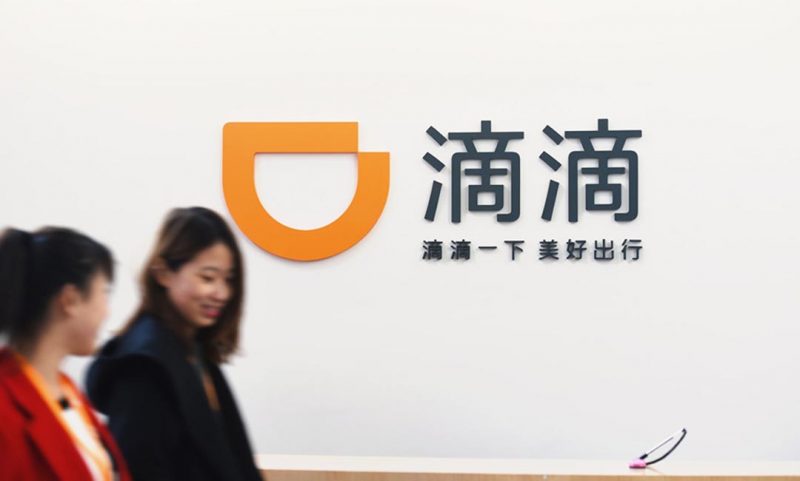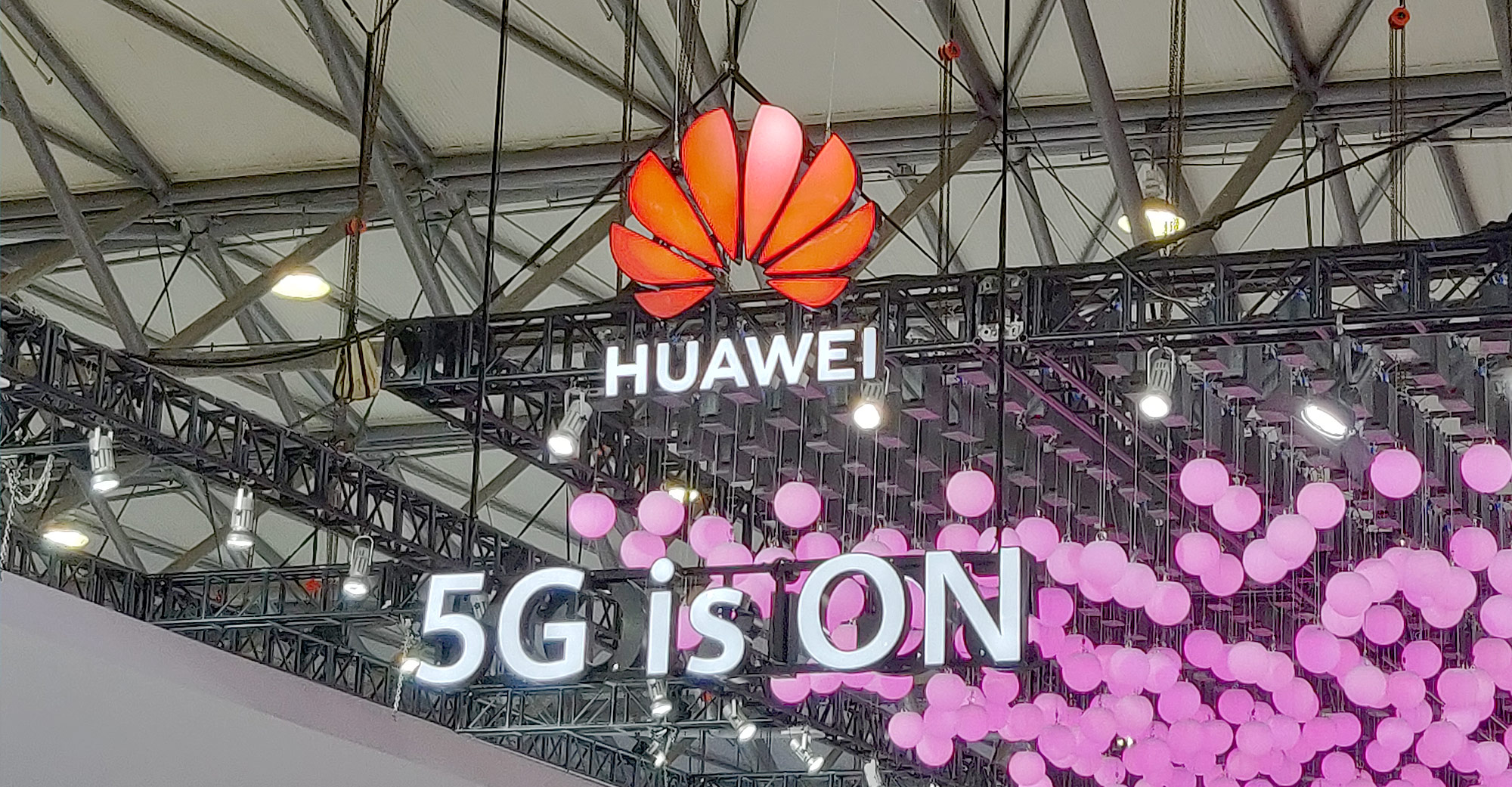Opinion: Beware the Digital Sovereignty Trap
In the world of information and communications technology (ICT), silos and protectionism held sway for much of the 20th century. Things changed in the 1970s when market liberalization and internet-based technology launched a new era of openness and competition that fueled growth and benefited millions of people.
Unfortunately, the pendulum is swinging back, and some countries are adopting a posture of techno-isolationism. That misguided regression is taking place in the name of digital sovereignty. For the sake of technological and social progress, leaders must work to reverse this harmful trend.
Until the 1970s, telecom operators enjoyed government-mandated monopolies. Five large Western monopolies including AT&T, British Telecom, Deutsche Bundespost, and Japan’s NTT each had a single equipment supplier that doubled as their in-house R&D lab. This arrangement created a closed innovation system with relatively few players and high barriers to entry. The result: slower innovation, outsized profits for the monopolies, and little collaboration across borders.
A trend toward market liberalization began in the 1970s, when the US government filed an antitrust lawsuit against AT&T, leading to its breakup into nine regional operating companies in 1984. Shortly thereafter, telecommunications monopolies were dismantled in the UK, Japan, France and Germany. By 1998, the EU had abolished them all.
As market entry barriers fell, competition forced the big operators to begin working with a wider range of technology suppliers, including Alcatel, Siemens, NEC, Fujitsu, Cisco, Ericsson, Nortel, Lucent, and Nokia. Soon, operators began fully outsourcing their R&D. At the same time, VoIP connections enabled internet-based private networks to supply cheap voice and data services, leading to more competition and wider adoption of digital telephony.
This combination of market liberalization and technological advances created opportunities for new international players. A closed, monopolistic industry had become an open ecosystem, and collaboration amongst private businesses, research institutes, and universities became the norm.
The Return of Sovereignty
That trend toward openness stalled in May 2019, when Huawei and other Chinese tech companies were hit by a series of unilateral US sanctions. These measures undermined the ecosystem of collaborative innovation spawned by the market liberalizations of the 1980s and 1990s, and unleashed the forces of sovereignty.
The demand for sovereignty is a response to several disruptive forces. The first, globalization, led businesses to shift production to lower-cost countries. Another, the rise of the Global South, showed that although Western countries have dominated key technologies and markets in the past, innovation is no longer their exclusive purview.
Sovereignty’s comeback has impeded global trade and damaged supply chains. This manifests most strongly in the tension between the U.S. and China, a rivalry that undermines the possibility of collaboration and coordination.
Then there is digital sovereignty: the demand by governments to retain (or regain) control over their citizens’ data, and, more broadly, to make independent choices about the technology they use to manage critical networks and other key aspects of economic and public life.
Such a demand is reasonable in principle. If infected by politics, however, it can lead to protectionism that undermines the global innovation ecosystem. That is the digital sovereignty trap.
Those who have fallen into the trap (unwittingly or otherwise) justify their stance mainly on the basis of economic and national security, and they view the mobile communications industry as a particularly crucial flashpoint. Starting with the Trump administration, and continuing under President Joseph Biden, the United States has banned 5G network equipment from Chinese suppliers and pressured the governments of Europe and other leading economies to exclude such equipment from their mobile networks. These bans are complemented by the US government’s unilateral trade restrictions on China’s chip makers, a move aimed at restricting China’s development of a critical technology.
The unfortunate result is that the demand for digital sovereignty has effectively become a form of protectionism, one that blocks cross-border collaboration and impedes innovation that can produce technological breakthroughs.
For example, the R&D that produced 5G was a product of the global innovation ecosystem. This is not true of the R&D that will eventually lead to the sixth generation of mobile networks. In the race to 6G, the US, the EU, and China each run their own state-backed R&D and industrial projects.
The resurgent demand for sovereignty smothers global innovation and risks dividing the world into disconnected silos. This not only harms the interests of rich countries that dominate the global ICT value chain, but will also hinder economic and social progress for people living in developing countries who would benefit greatly from integration into the global innovation ecosystem.
While technology plays a pivotal role in addressing humanity’s challenges, global governance and collaboration are necessary as well. We need a more nuanced approach, one that balances the interests of the world’s different regions and acknowledges the role of collaborative problem-solving, even between strategic competitors. Political leaders must begin formulating this new approach with all due urgency.
SEE ALSO: Huawei Launches First Industry-Oriented 5G Indoor Positioning Solution






